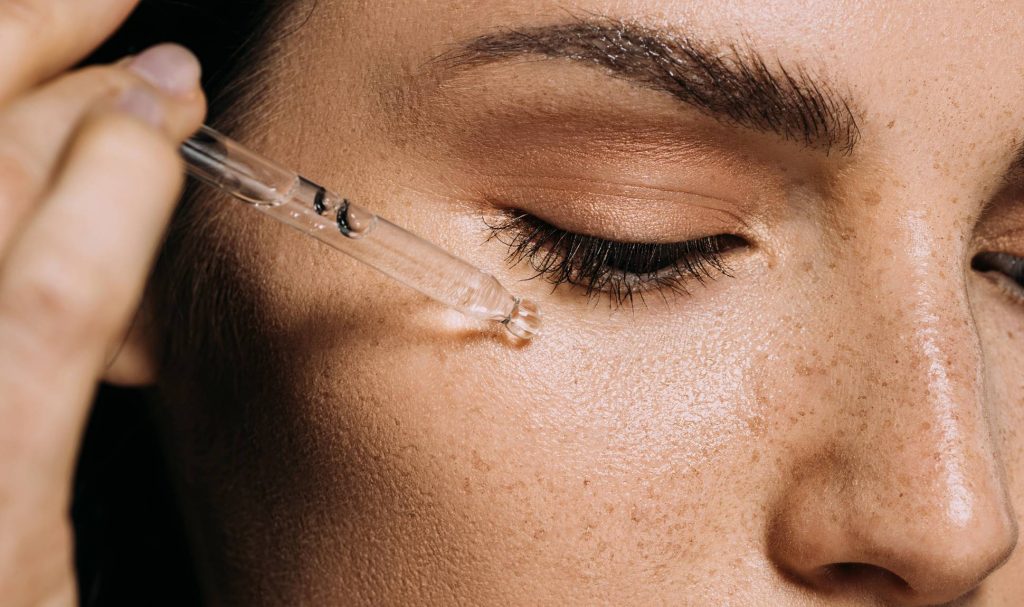Infants born at home have more diverse bacteria in their guts and feces, which may affect their developing immunity and metabolism, according to a study in Scientific Reports.
Understanding why babies born at home have more diverse microbiota for at least a month after birth, compared with those born in a hospital, could help prevent disease later in life. The human microbiome consists of trillions of bacteria, fungi and viruses that live on and in our bodies, many of which benefit our health and prevent chronic conditions such as obesity, diabetes, asthma and gut inflammatory disorders. Microbes transmitted from mother to baby help prevent chronic disease.
“The reasons for the differences between infants born at home versus in hospitals are not known, but we speculate that common hospital interventions like early infant bathing and antibiotic eye prophylaxis or environmental factors — like the aseptic environment of the hospital — may be involved,” said senior author Maria Gloria Dominguez-Bello, a professor in Rutgers University-New Brunswick’s Department of Biochemistry and Microbiology and Department of Anthropology.
In the study, researchers followed 35 infants and their mothers for a month after birth. Fourteen infants were born at home (four of them in water) and 21 in the hospital. All 35 infants were delivered vaginally without interventions (including no maternal antibiotic treatment) and were exclusively breastfed. All infants were delivered by midwives who supported mothers, and they all had skin-to-skin contact with their babies, and began breastfeeding shortly after birth.
In a related analysis, fecal samples of month-old infants born in a hospital showed greater inflammatory gene expression in a human epithelial cell model, compared with infants born at home. Epithelial cells cover organ linings, skin and mouths.
While more research is needed, the study suggests that revamping the hospital environment for non-high risk births, so it more closely approximates home conditions, may be beneficial.
The study included researchers from Rutgers, New York University, Sejong University in Seoul, South Korea, and the University of California San Francisco.




